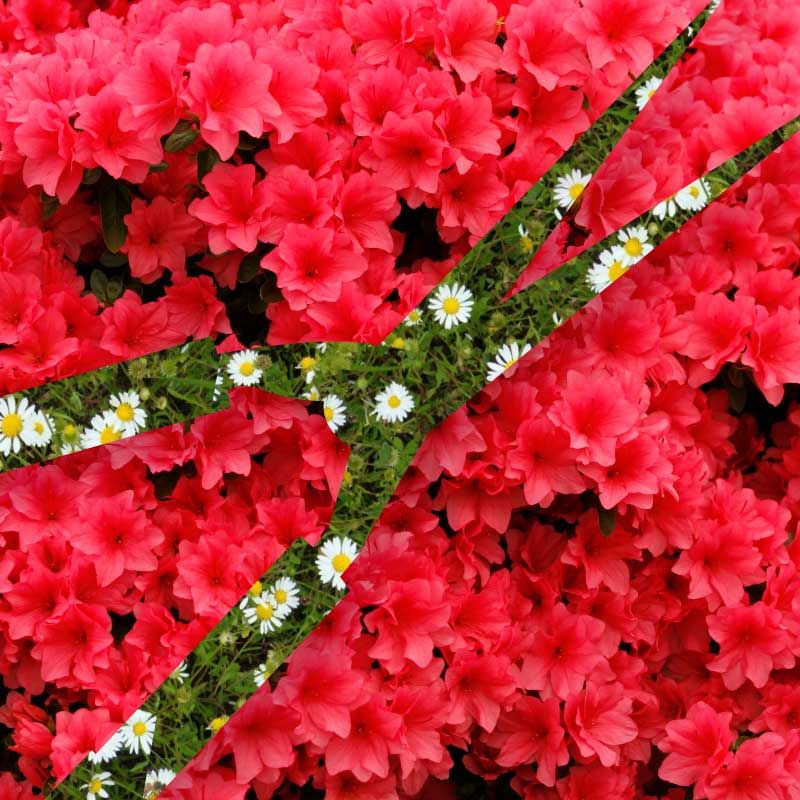Last year, my husband and I reorganized our 10'×10' backyard. (Read about it here.) In most gardens, it is typical to trim back plants at the onset of cold weather. But since our planting strategy was inspired by Piet Oudoulf’s New Wave Planting—with decay as a natural part of landscape succession—we let the grasses and dried seed heads define our winter backyard landscape. While some may not find much visual appeal in dormant landscapes, we felt the shift from fluffy and soft to architectural and textured added another layer of interest.
Now that spring has arrived, it is time to trim back plants in order to make way for new growth! Perennial plants that bloom in late summer or fall, such as asters, obedient plant, black-eyed Susan, coneflower, joe-pye weed, goldenrod, Russian sage, tall sedums, and ornamental grasses, are best to cut back in spring. The process is really easy. All you need is a pair of sharp garden shears (or pruners or scissors) and patience. Based on the plant types we have, we trimmed them to about 4-6 inch above ground. We also composted the disease-free leaves and stems in the same planting bed, giving some natural nutrition to the soil.
In a week we can already see that the greening process has established itself, and we can’t wait for the summer bloom to come!

